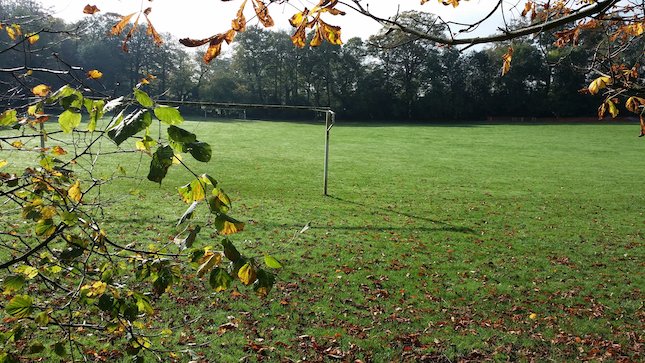5 Ways LLMs Help Writers Without Actually Writing the Story
Uncover how LLMs help writers: refine plots, delve into history, and create compelling characters.

Uncover how LLMs help writers: refine plots, delve into history, and create compelling characters.

Struggling with your mystery novel? Discover how a writing coach can tailor their expertise to fit your unique storytelling needs.

Master the four-act structure and create suspenseful mysteries that keep readers hooked.

Break free from mystery writing clichés!

Learn how to navigate character changes in your draft with our comprehensive guide on keeping your mystery intriguing and coherent.

Transform your mystery writing with our insights on marrying your creative vision with market demands. Discover the path to both critical acclaim and commercial success.

Unlock the secret to successful mystery writing with practical mini-goal strategies. Stay motivated and engaged from the first clue to the final reveal.

Unlock the secrets to finishing your mystery novel with expert strategies on persistence, overcoming writer’s block, and refining your manuscript.

As a mystery writer, you’re no stranger to the challenge of crafting a story that keeps your readers on the edge of their seats, flipping pages long into the night. The architecture of your narrative is just as crucial as the enigma at its heart. Enter the four-act structure—a strategic blueprint that can imbue your…

Discover the essential tools and techniques mystery writers need to create unforgettable tales that keep readers guessing until the very end.